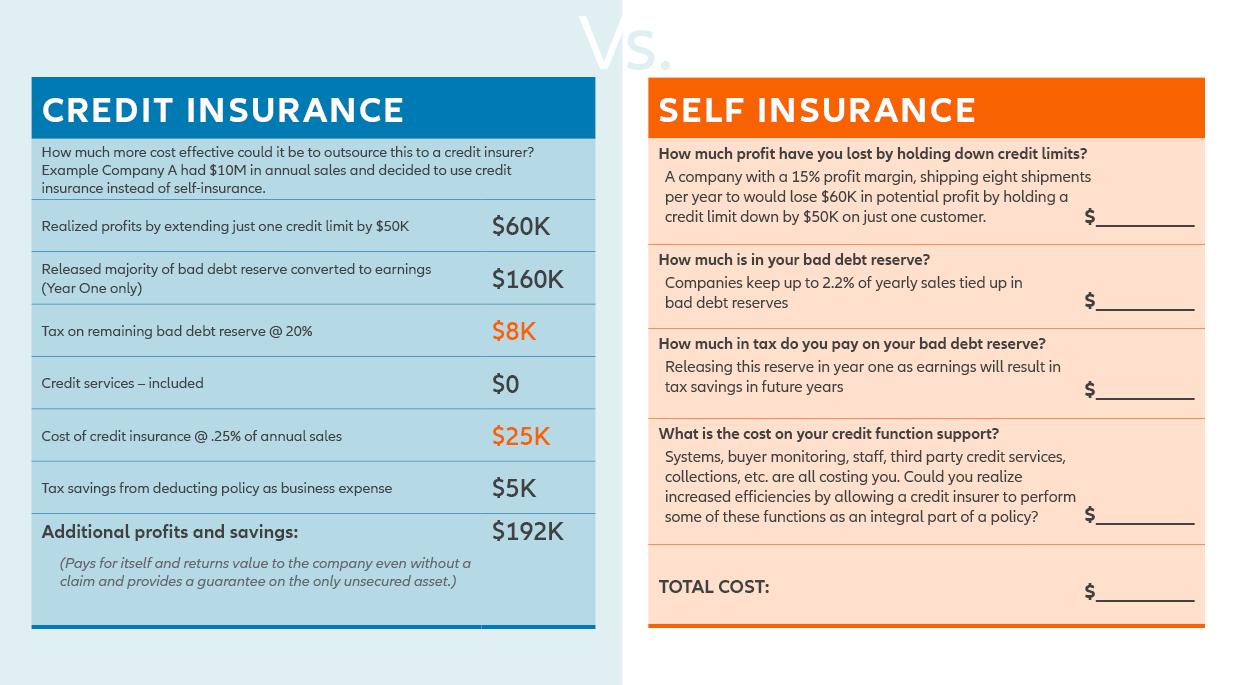Looking Good Tips About Doubtful Debts In Balance Sheet

The provision for bad debts could refer to the balance sheet account also known as the allowance for bad debts, allowance for doubtful accounts, or allowance for.
Doubtful debts in balance sheet. The amount of bad debts is not debited to the profit and loss account since it was already debited in earlier years. Such an estimate is called a bad debt allowance, a bad debt reserve,. In this lesson, you will learn how to calculate and record bad debts, provision for bad debts, and how to adjust the provision for bad debts using the balanc.
The formula uses historical data from previous bad debts to calculate your. Every year the amount gets changed due to the provision made. The provision for doubtful debts is an accounts receivable contra account, so it should always have a credit balance, and is listed in the balance sheet directly below.
Using the percentage of sales method, they estimated that 1% of. An allowance for doubtful debt is an estimate of how much of the trade receivables balance of a business will become. The allowance for doubtful accounts (or the “bad debt” reserve) appears on the balance sheet to anticipate credit sales where the customer cannot fulfill their.
However, the balance sheet would show $100,000 accounts receivable less a $5,300 allowance for doubtful accounts, resulting in net receivables of $ 94,700. Accounts receivable should be measured at net realizable value. Once doubtful debt for a certain period is realized and becomes bad debt, the actual amount of bad.
Often, estimated bad debt is referred to as doubtful debt. Allowance for bad debt: Allowance for doubtful accounts (afda) and bad debts.
To record bad debts in the account books, firms must initially estimate their potential losses. Provision for doubtful debts acts as a liability for the business and is shown on the liability side of a balance sheet. Allowance for doubtful debts is created by forming a credit balance which is netted off against the total receivables appearing in the balance sheet.
On march 31, 2017, corporate finance institute reported net credit sales of $1,000,000. A corresponding debit entry is recorded to account for the expense of the potential loss. What is an allowance for doubtful debt?
To estimate bad debts using the allowance method, you can use the bad debt formula. The provision for doubtful debts is an estimated amount of bad debts that are likely to arise from the accounts receivable that have been given but not yet collected from the. An allowance for bad debt, also known as an allowance for doubtful accounts, is a valuation account used to estimate the portion of a.
We do this by estimating how much will not be paid:
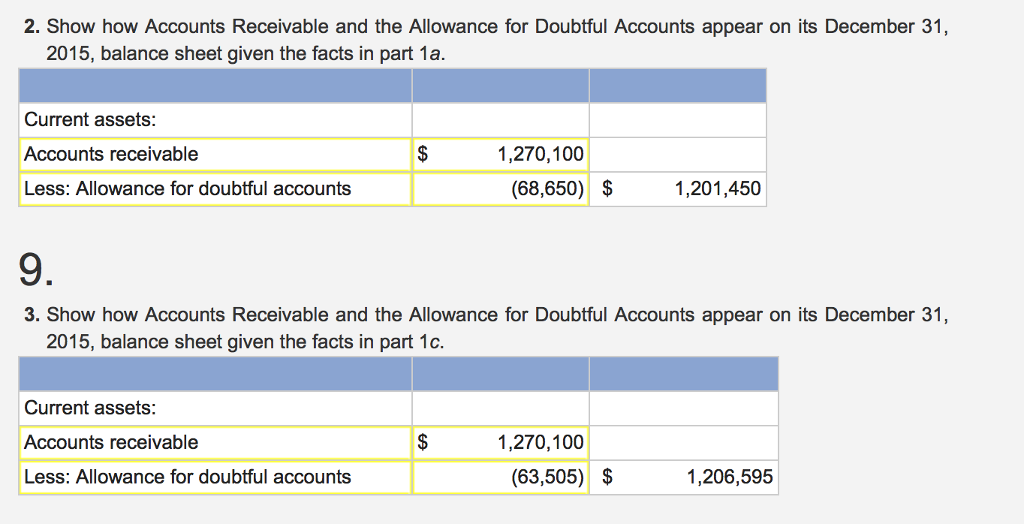
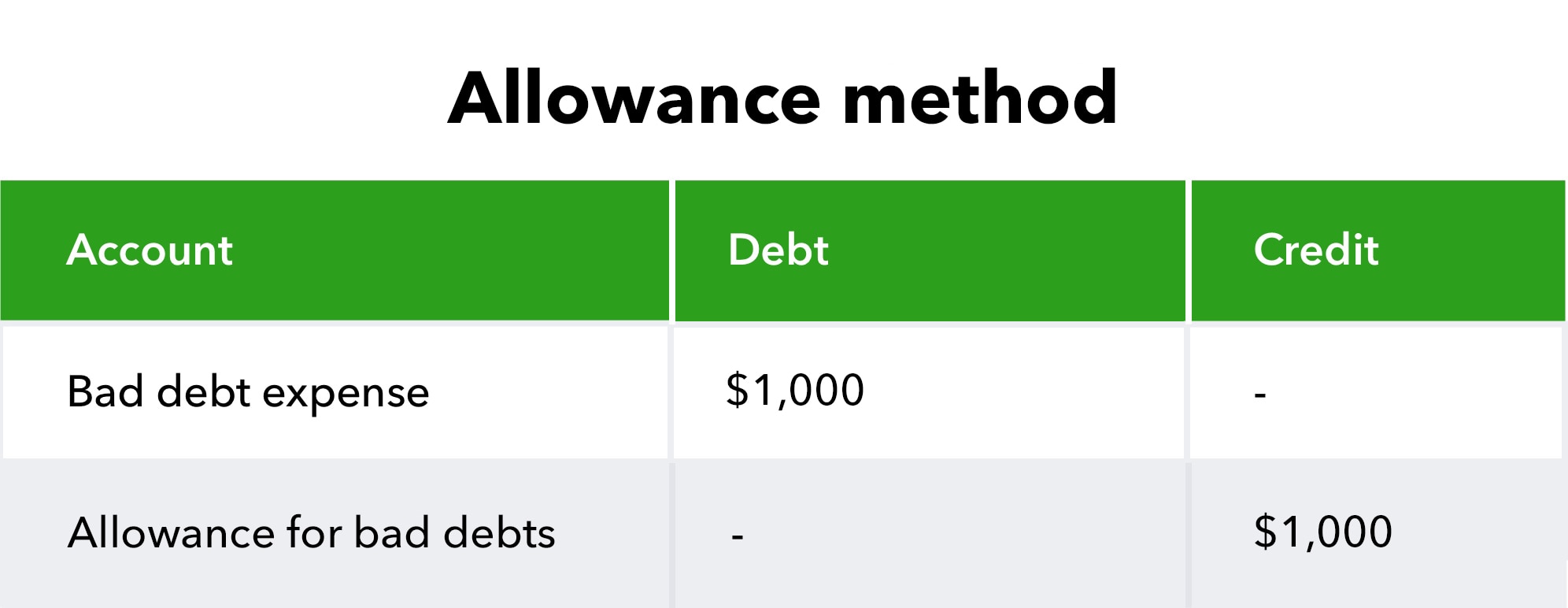


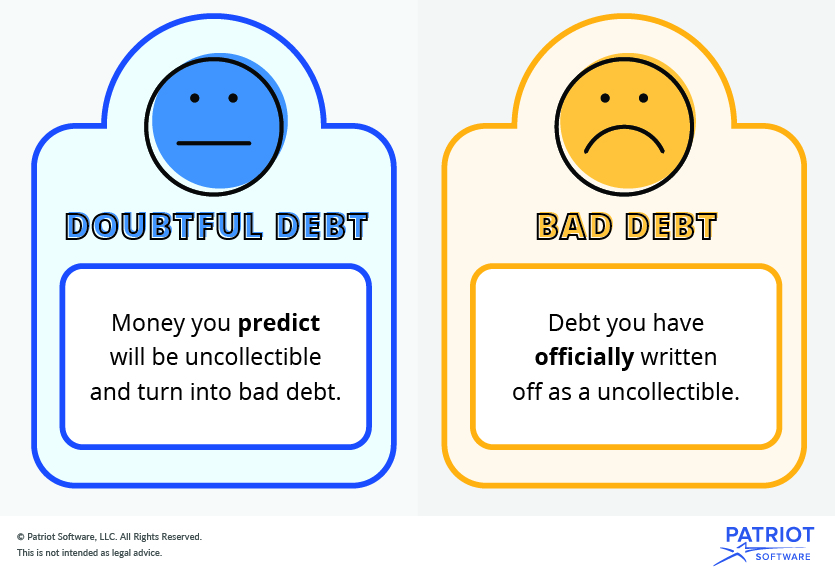



:max_bytes(150000):strip_icc()/AmazonBS-33b2e9c06fff4e63983e63ae9243141c.JPG)




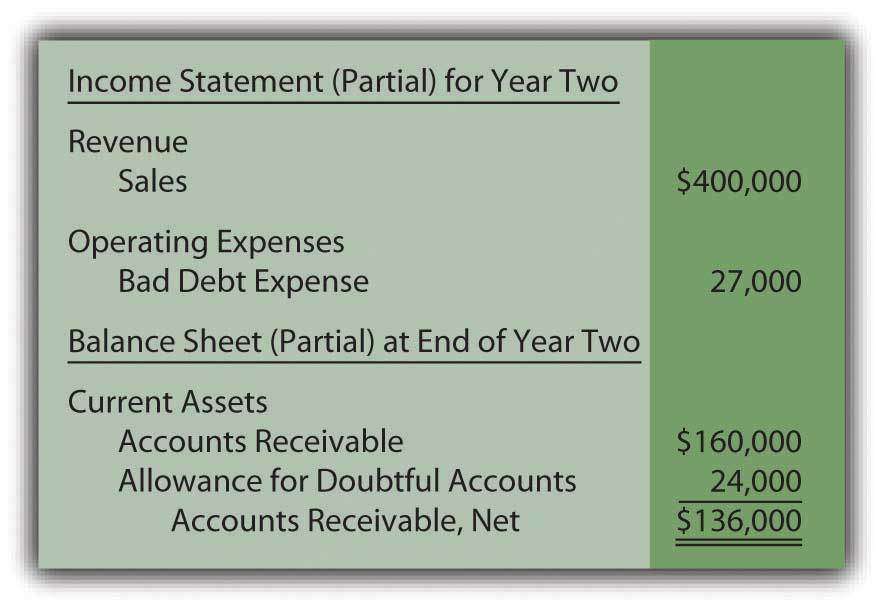
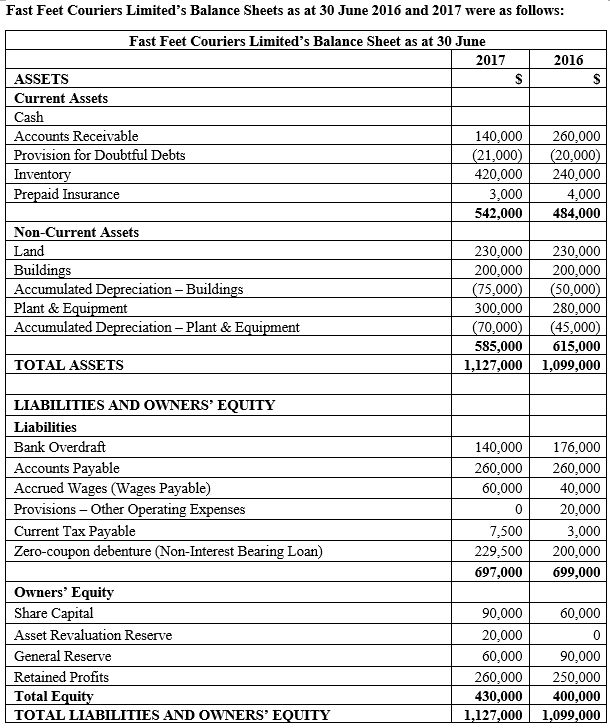
:max_bytes(150000):strip_icc()/Allowance_For_Doubtful_Accounts_Final-d347926353c547f29516ab599b06a6d5.png)

